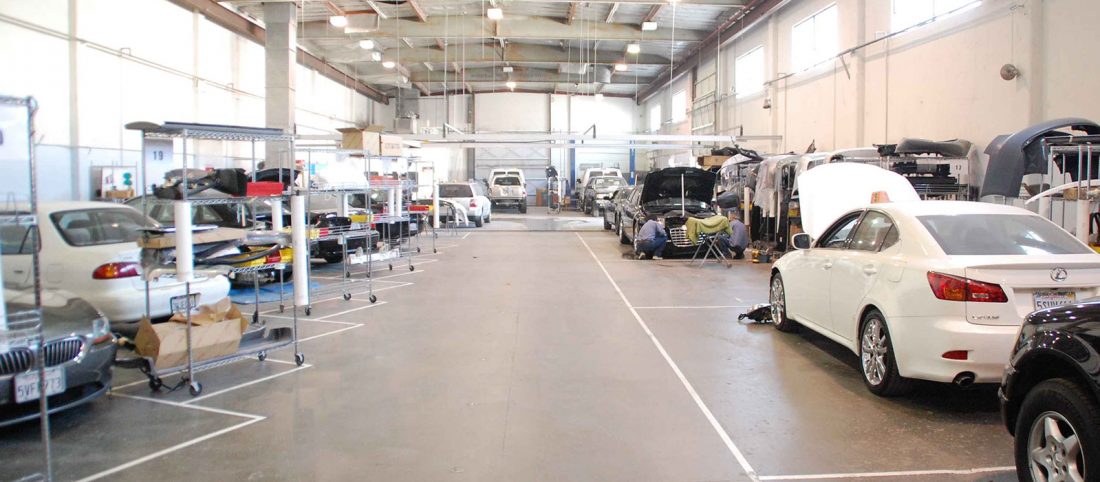All Categories
Featured
When it concerns lorry upkeep, tires are frequently among the most neglected parts, although they play a crucial role in the security and effectiveness of your vehicle. Tire turning and placement are 2 necessary solutions that aid ensure your tires put on equally, last longer, and remain to carry out at their best. Here's whatever you require to know regarding tire rotation and alignment and why they matter for your car.
What Is Tire Turning? Tire rotation is the procedure of relocating the tires from one position to another to make sure even use throughout all four tires. The front and rear tires of a vehicle wear at different prices because of the weight distribution and the truth that the front tires deal with both steering and braking. By rotating the tires on a regular basis, usually every 6,000 to 8,000 miles, you can cancel the wear and expand the life of your tires.
In a lot of vehicles, the tires will certainly be revolved from front to back, and in some cases, side-to-side, depending upon the tire kind and your cars and truck's specs. This guarantees that each tire bears an equal quantity of tension and stress. Regular tire turnings likewise enhance vehicle handling and ride quality, as well as add to better fuel effectiveness.
What Is Tire Placement? Tire positioning refers to changing the angles of your vehicle's wheels to ensure they are positioned correctly according to the supplier's specs. Correct positioning makes certain that your tires are alongside each other and vertical to the ground, which helps improve the overall handling, security, and life expectancy of your tires.
There are 3 crucial elements of positioning:
Camber: The tilt of the wheels when seen from the front. If the wheels lean internal or outside, it can trigger unequal tire wear. Caster: The angle of the steering axis when watched from the side. Correct caster alignment guarantees secure steering and far better lorry control. Toe: The angle at which the tires aim inward or outward when checked out from above. Inaccurate toe placement can cause tires to put on unevenly and affect taking care of. Misalignment can occur because of variables like striking potholes, aesthetics, or driving over harsh surface, and also routine driving in time can progressively create imbalance. Obtaining a placement check every 1-2 years or when you see managing problems is necessary for ideal tire performance.
Why Are Tire Turning and Alignment Important? Maximized Tire Life:. Tire rotation ensures also wear throughout all 4 tires, preventing early tire replacement. Misaligned tires use unevenly, which can lead to the need for even more frequent tire replacements. Both tire rotation and alignment enhance the life expectancy of your tires, conserving you cash over time.
Improved Safety:. Correct placement assists keep your vehicle monitoring directly, enhancing security and handling. Misaligned tires can result in drawing, that makes it harder to control your lorry, specifically at high rates or in emergency circumstances. Tire rotation also guarantees your automobile's handling continues to be consistent, enhancing your capability to quit quickly and preserve control.
Better Fuel Effectiveness:. When your tires are appropriately straightened, they experience much less moving resistance, meaning your engine does not need to function as hard to relocate the cars and truck. This decreases gas consumption and boosts gas mileage. Imbalance can create your tires to drag, causing bad gas performance.
Smoother Experience:. Misaligned or unevenly worn tires can create resonances in the steering wheel or automobile body, which can be uneasy while driving. Regular tire turning and alignment can provide a smoother and quieter ride, lowering unneeded noise and resonances.
Indicators You Need Tire Turning or Positioning. It is very important to be aware of cautioning indicators that your tires might require interest. Watch out for:
Unequal Tire Use: If you observe that tire is a lot more used than others, it could be a sign that it's time for a turning or placement. Guiding Drawing away: If your lorry draws away, specifically when you're driving right, it could suggest misalignment. Vibrations or Unusual Noises: If your steering wheel trembles or you listen to a humming or yawping sound, your placement may be off. Squealing Tires: A piercing screech can indicate imbalance or that your tires are used unevenly. If you see any of these signs, it's an excellent concept to have your car examined asap to stop more damage to your tires or suspension system.
Just How Frequently Should You Revolve and Align Your Tires? Tire turning is generally advised every 6,000 to 8,000 miles or every 6 months, relying on your auto's guidebook and driving conditions. It's additionally a good concept to rotate your tires throughout oil adjustments to ensure they get the attention they require.
For alignment, many experts recommend having your tires lined up yearly or if you see any taking care of concerns. If you've recently struck a split, curb, or another barrier, it's an excellent idea to have your placement inspected faster to stay clear of unequal tire wear.

Verdict: Maintain Your Tires for Long Life and Security. Tire turning and alignment are straightforward yet critical elements of vehicle upkeep that add to longer tire life, boosted safety and security, and far better fuel effectiveness. By adhering to the recommended service intervals for tire rotation and positioning, you can ensure your tires remain in leading condition, supplying a smoother and more secure driving experience. Normal maintenance helps you avoid unforeseen tire wear, pricey repair services, and possible mishaps, making it a wise financial investment for your auto's total performance.
Latest Posts
Quick and Hassle-Free Shower Room Upgrades
Developing a Strong Economic Future with WyHy
Why Wood Fence from Washington Fence